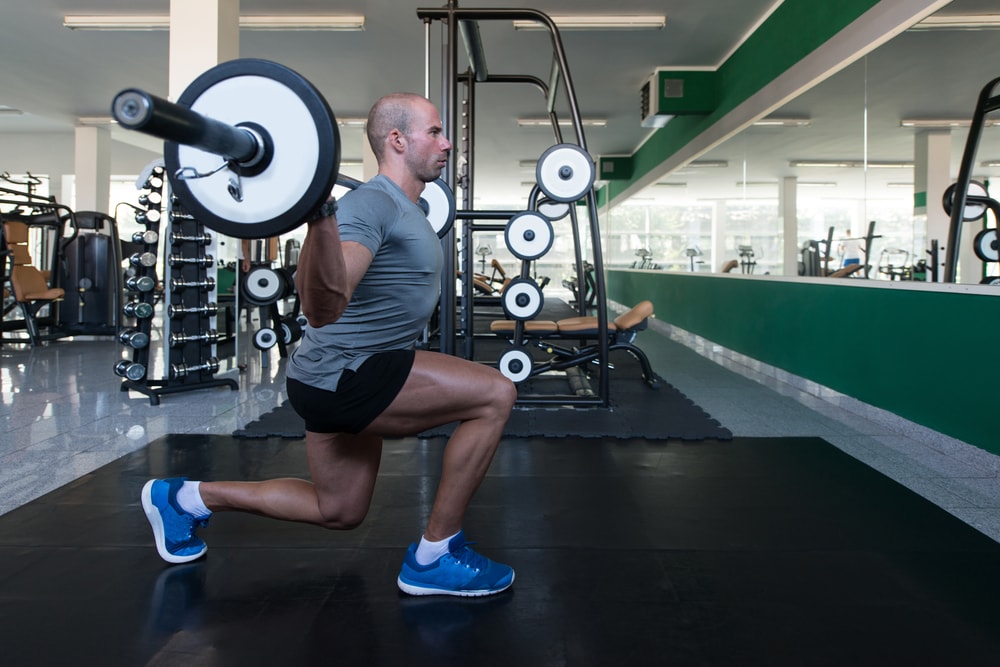The Importance of Resistance Training

Originally published on November 17, 2016, this post has been updated for relevancy and accuracy.
Simply put, certain forms of exercise don’t get the praise they deserve. Of course, at Farmingdale Physical Therapy, just about every form of exercise is one we recommend. We’ll never discourage our patients from implementing regular, effective workout routines into their schedules. Obviously, our primary goal for our patients is excellent health. Therefore, we do our best to encourage and educate them on the benefits, importance and individual nuances of different fitness techniques.
One form of exercise that, many of us agree, receives unfair omission from popular media is resistance training. Usually, the sole focus of many prominent fitness “experts” is cardio. Often, resistance training receives abrupt dismissal as merely a “strength building” technique. However, resistance training is also important for improving health, wellness and general fitness. In this post, we’ll discuss the importance of resistance training.
What Is Resistance Training?
Basically, resistance training involves any exercise where our muscles are trained to contract against an external force. Our muscles must adapt by contracting harder and more efficiently as the external load increases. Ultimately, the longer this process continues, the more we develop larger, stronger muscles.
Many experience something similar while attempting to run in a pool. The resistance of the water is much greater than the resistance on land. This is why Aquatics training has become so popular within the last few decades. However, instead of water you could many other forms of resistance. Our physical therapists are happy to provide individual consultations in order to develop the most effective resistance training techniques specific to your physique.
3 Benefits of Resistance Training
1. Weight Loss
Obviously, we all know what a widespread issue obesity is and how hard it is to maintain our diets. A shocking 71.6% of Americans over the age of 20 are overweight, and nearly 40% are obese. Also, there’s always some fad diet or new, “fast and easy” weight loss product that promises results with no lifestyle changes. Obviously, they never last long for one simple reason: they don’t work.
However, numerous experts and journals cite strength training as effective for weight loss. Long-term resistance training increases our resting metabolism – or the rate at which we burn calories doing ordinary, everyday tasks. And the National Library of Medicine contains several studies which confirm that resistance training is an excellent way to shed excess weight.
2. Chronic Pain Management
Of course, as physical therapists, helping people manage their chronic pain is an essential part of our vocation. Nowadays, it’s imperative to engage our bodies’ natural abilities to heal themselves without any surgeries or painkillers. And that’s a good reason to begin an effective resistance training routine; it can help you manage your chronic pain.
Numerous studies conclude that resistance training can help people with chronic diseases manage their conditions. Usually, these conditions involve inflammation which induces aches and shooting or burning nerve pains in the back, neck, wrists, legs and more. For example: many believe that resistance training can be as effective at alleviating arthritis pain as medication.
3. Overall Strength & Fitness
Is this, perhaps, a little obvious? Most likely. However, it would be absurd to omit this from the numerous benefits resistance training offers. As we age, our bodies naturally begin to lose muscle mass on a gradual basis. Therefore, resistance training is essential to maintain long-term strength, fitness and health.
Resistance training goes by another name – strength training – for a reason. We strengthen and tone our muscles as we exercise, contracting them against an external, resisting force.
There are two types of resistance training:
- Isometric resistance involves contracting your muscles against a rigid, immovable object – like when we do push-ups or sit-ups on a flat, motionless surface.
- Isotonic strength training involves contracting your muscles within a range of motion, like when we lift weights.
Conclusion – Farmingdale Physical Therapy
Are you planning to incorporate resistance training into your everyday routine? Of course, we encourage you to do so! However, it’s always best to consult with a physical therapist and ask them any question you might have. In addition, they can work with you to develop an individualized training program that will both keep you safe and ensure maximum results for you.

